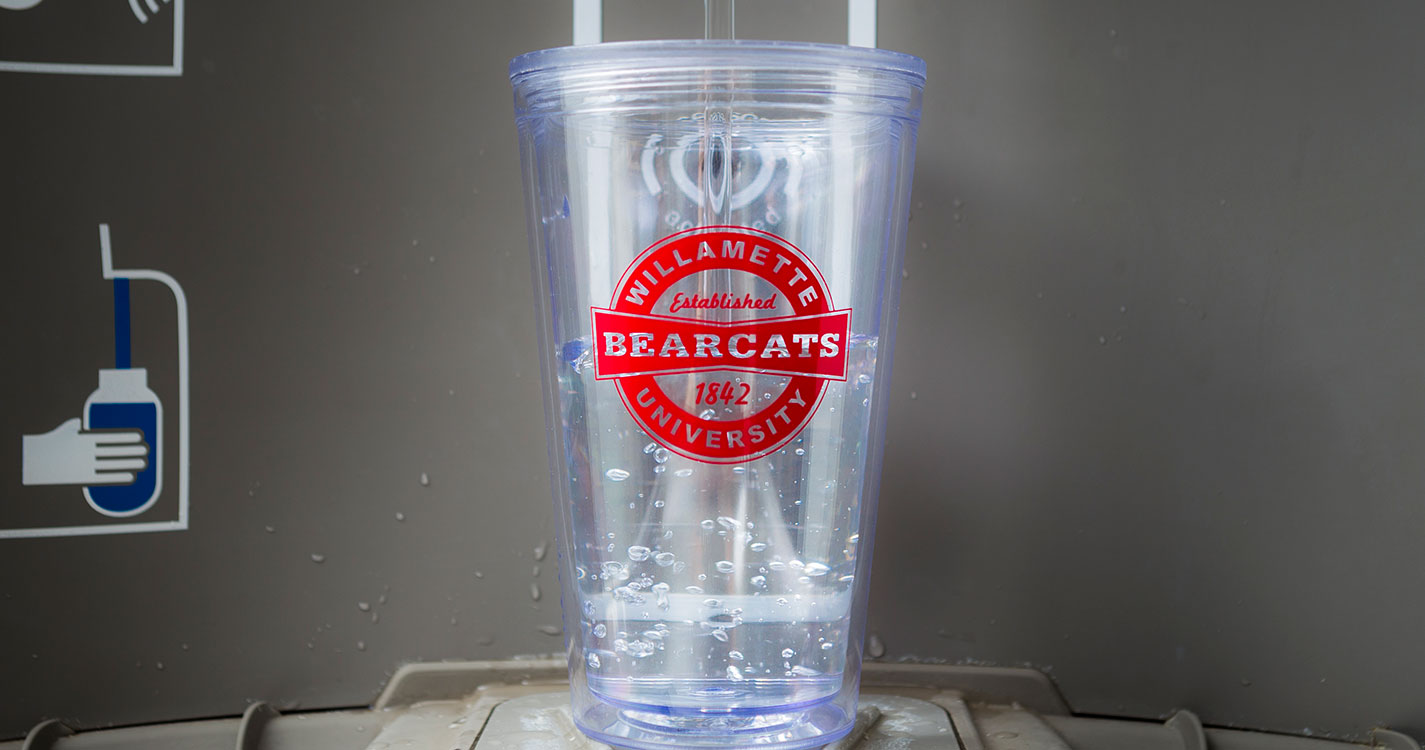In August, Oregon’s State Board of Education adopted a rule requiring local school districts and public charter schools to test for lead levels in water and publish the results. Although that ruling does not apply to Willamette, the university decided to be proactive in addressing any problems.
The facilities management department performed two rounds of testing focusing on sources of potable water that are potential sources of drinking water in residence halls, academic buildings, kitchens and athletic facilities. The first round of testing aimed at getting “indicators” of lead levels within the building systems. The second round focused on remediation and further testing in locations including ice machines, fountains, food prep sinks and other water sources.
Six sources required replacement or repairs to reduce lead amounts because they exceeded the Environmental Protection Agency’s “action level” of .015 milligrams per liter, or 15 parts per billion.
The off-campus property showed 27 ppb of lead. On campus, the University Center first-floor men’s restroom measured 31 ppb, the coffee bar in the Cat Cavern measured 24.7 ppb, and a first-floor fountain measured 20 ppb. An Atkinson Graduate School of Management first-floor kitchen measured 18.8 ppb and a first-floor men's restroom had a level of 17.6 ppb.
The affected sources were either closed or repaired immediately, with replacement or repairs completed Sept. 2. Facilities management is still waiting for test results on Doney Hall, which had water shut off during summer renovation, as well as follow-up test results on the repairs that were made. None of the other residence halls reported lead amounts above the “action level.”
Gary Grimm, associate director of facilities management, says the problems with the affected locations appear to be localized to the sources and stem from copper piping installed during some building renovations in the 1980s and ’90s. “It’s not a systemic contamination,” he says.
Daniel Valles, associate vice president for financial operations, says the university will continue to do follow-up testing on a yearly basis.

